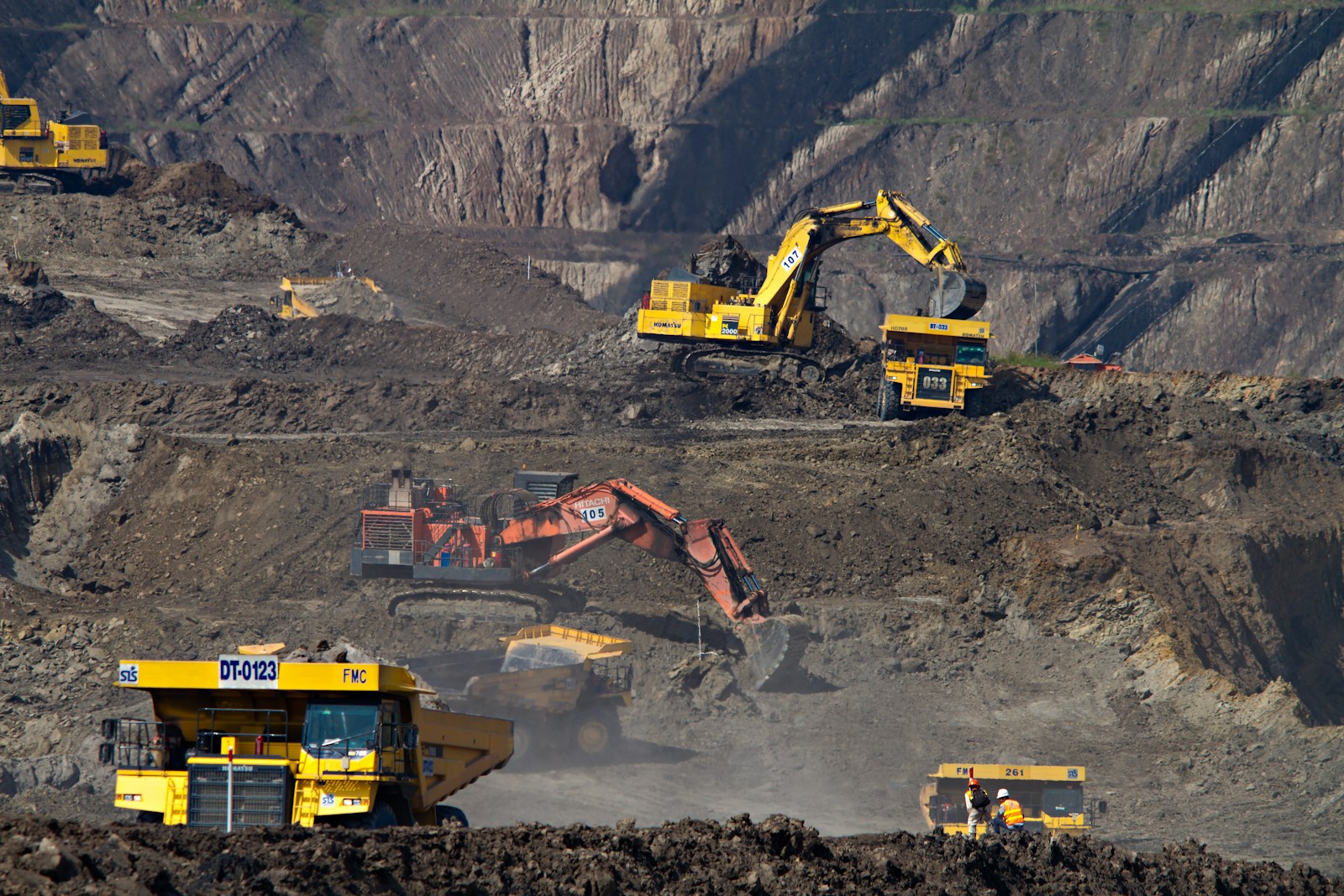Case Analysis: The Impact of Judicial Decisions on India’s Mining Sector

Introduction
The Indian mining sector has recently been jolted by a Supreme Court ruling that allows state governments to retrospectively levy taxes on mineral lands, potentially imposing liabilities exceeding ₹2 lakh crore on mining companies. This development traces back to a protracted legal battle spanning over three decades, originating from the 1989 Supreme Court judgment in the India Cement Ltd. v. State of Tamil Nadu case.
Table of Contents
Background
The Mines and Minerals (Development and Regulation) Act, 1957 (MMDR Act), grants the Union government authority over the regulation of mines and minerals, including the collection of royalties from mining leaseholders. In 1963, India Cements received a mining lease from the Tamil Nadu government. Subsequently, the state imposed a cess on the royalty payments, which India Cements contested, arguing that the state lacked the legislative competence to levy such a cess.
Legal Proceedings and Judgments
- India Cement Ltd. v. State of Tamil Nadu (1989): A seven-judge bench of the Supreme Court ruled in favour of India Cements, stating that royalty constitutes a tax, and therefore, a cess on royalty equates to a tax on royalty, which is beyond the state’s legislative competence.
- State of West Bengal v. Kesoram Industries Ltd (2004): A five-judge bench of the Supreme Court revisited the 1989 judgment, identifying a typographical error. The Court clarified that the earlier judgment should have stated “cess on royalty is a tax” instead of “royalty is a tax.” Despite this correction, the bench maintained that the power to tax mineral rights resides with the Union government, not the states.
- Mineral Area Development Authority v. Steel Authority of India Ltd (2024): Addressing the discrepancies from previous judgments, a nine-judge bench of the Supreme Court overruled the 1989 decision, concluding that royalty is not a tax. The Court empowered states to levy taxes on mineral lands and mineral rights, applying this ruling retrospectively from April 1, 2005. To mitigate the financial impact, the Court allowed staggered payments over 12 years, commencing from April 1, 2026.
Implications for the Mining Sector
The 2024 Supreme Court ruling has profound implications for the mining industry:
- Financial Burden: The retrospective application of state taxes from 2005 imposes substantial liabilities on mining companies, estimated to exceed ₹2 lakh crore. This financial strain could disrupt cash flows, hinder investment plans, and potentially deter future investments in the sector.
- Operational Costs: Increased taxation is expected to elevate operational costs for mining and steel companies, potentially weakening profit margins. Fitch Ratings anticipates that the implementation of these taxes could weaken EBITDA margins for these companies, posing higher credit risks, especially for Tata Steel compared to JSW Steel.
- Investor Sentiment: The retrospective nature of the tax may create a perception of increased regulatory risk among potential investors, leading to a more cautious approach towards new projects and expansion.
Conclusion
The evolution of judicial interpretations regarding the taxation of royalties and mineral rights lays focus on the complexities within India’s legal framework governing the mining sector. The recent Supreme Court ruling, while clarifying the state’s authority to levy taxes, introduces significant financial and operational challenges for the industry. This situation highlights the necessity for a clear and consistent legal framework to ensure stability and predictability, fostering a conducive environment for investment and growth in the mining sector.
King Stubb & Kasiva,
Advocates & Attorneys
New Delhi | Mumbai | Bangalore | Chennai | Hyderabad | Mangalore | Pune | Kochi
Tel: +91 11 41032969 | Email: info@ksandk.com
By entering the email address you agree to our Privacy Policy.